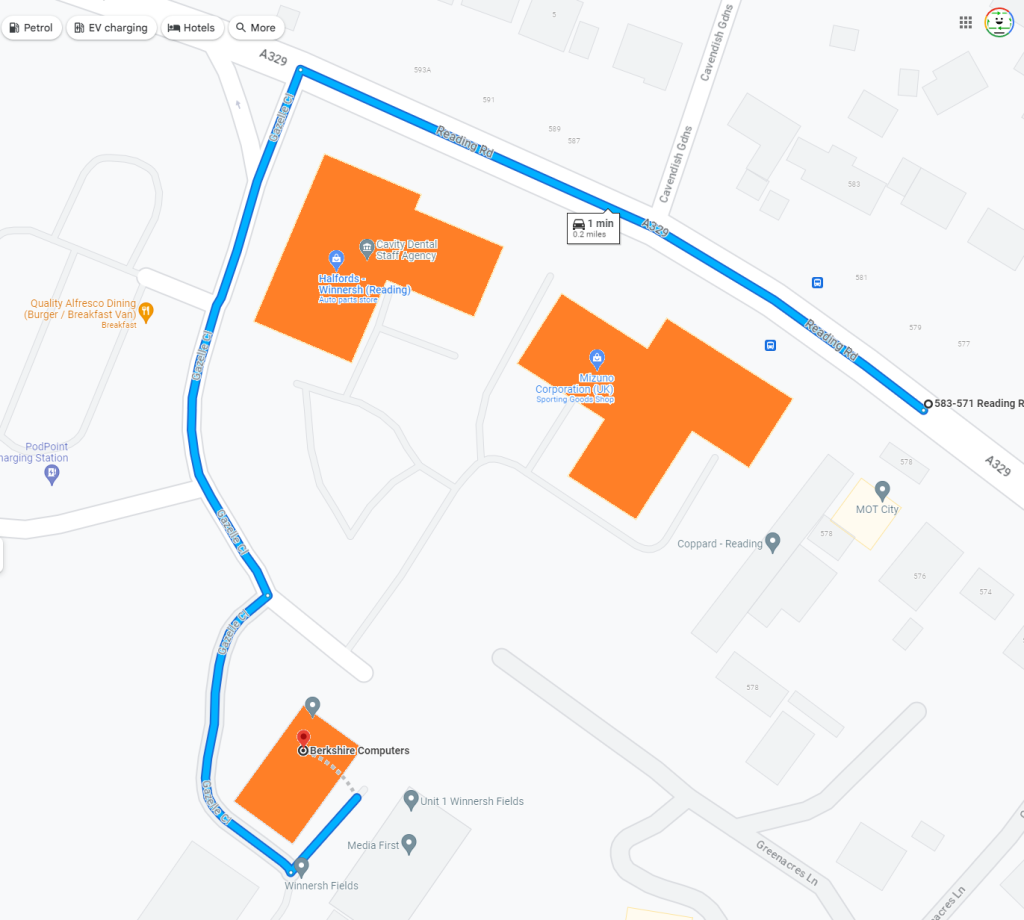Troubleshooting Unexpected Black Screens: A Guide for PC Users
Have you encountered a frustrating situation where your PC monitors suddenly go black, leaving you no choice but to force a restart? If this sounds familiar, you’re not alone. Many users experience sudden black screens while using their Computers, often requiring a system reboot to regain functionality. In this post, we’ll explore possible reasons behind this perplexing issue and offer insights into how you might address it.
Understanding the Issue
When your monitors turn black unexpectedly, it can feel alarming, especially if you’re in the middle of important work or a gaming session. This problem can stem from a variety of causes, and while it can be concerning, there are steps you can take to identify and possibly resolve the underlying issue.
Possible Causes
-
Display Connection Problems: Sometimes, the cables connecting your monitor to your PC may become loose or damaged. Ensuring that all connections are secure can often prevent display issues.
-
Graphics Card Malfunction: A malfunctioning graphics card can lead to display problems, including sudden black screens. Check to see if your drivers are up-to-date, as outdated drivers can often cause display issues.
-
Power Supply Problems: If your power supply isn’t delivering adequate power to your components, it could cause your monitors to lose signal. This is especially true if you’re using resource-intensive applications or games.
-
Overheating: Computers that overheat may shut down display output to protect hardware. Ensure that your PC has proper ventilation and that the fans are working correctly.
-
Software Conflicts: Occasionally, certain programs can cause conflicts that lead to unexpected behavior, including screen blackouts. Safe mode can help determine if Software is at fault.
-
Hardware Issues: A malfunction in other hardware components, such as the motherboard, can also lead to this issue. If other troubleshooting steps do not work, you may need to consider hardware diagnostics.
What Can You Do?
- Check Connections: Ensure all display cables are tightly connected and that the cables themselves are not damaged.
- Update Drivers: Visit the manufacturer’s website to download the latest drivers for your graphics card.
- Monitor Heat: Use monitoring Software to keep an eye on your system’s temperatures and make sure fans are working properly.
- Test in Safe Mode: Booting your PC in Safe Mode can help determine if a specific software issue is causing the problem
Share this content:



